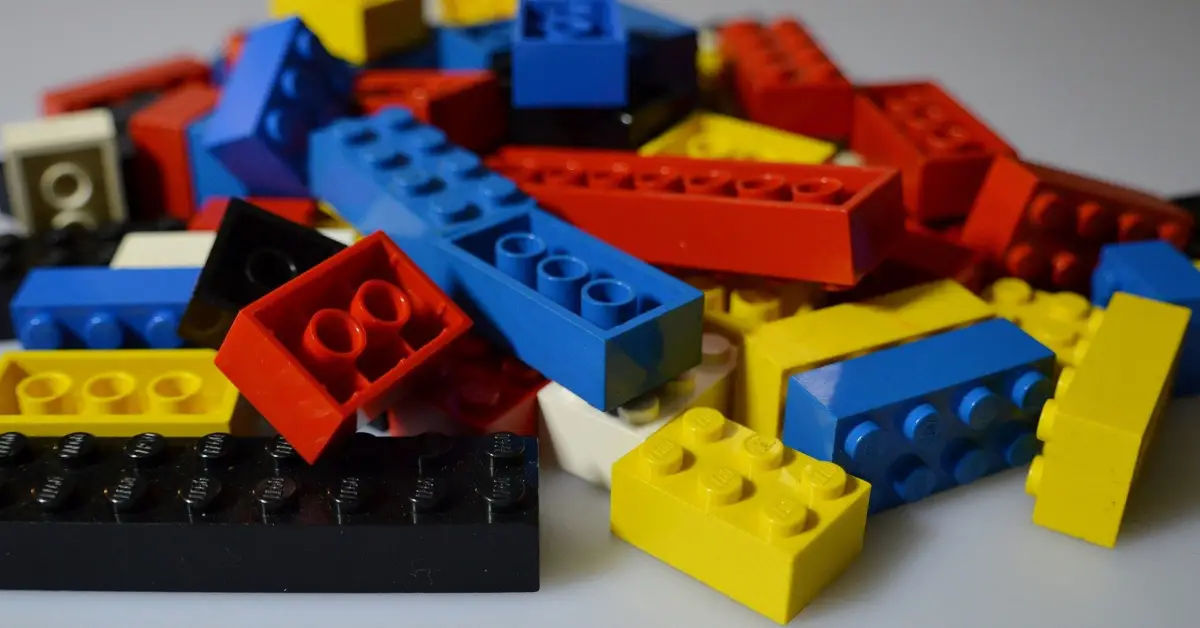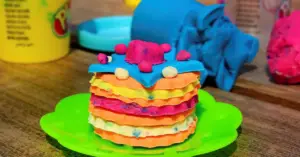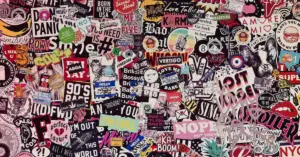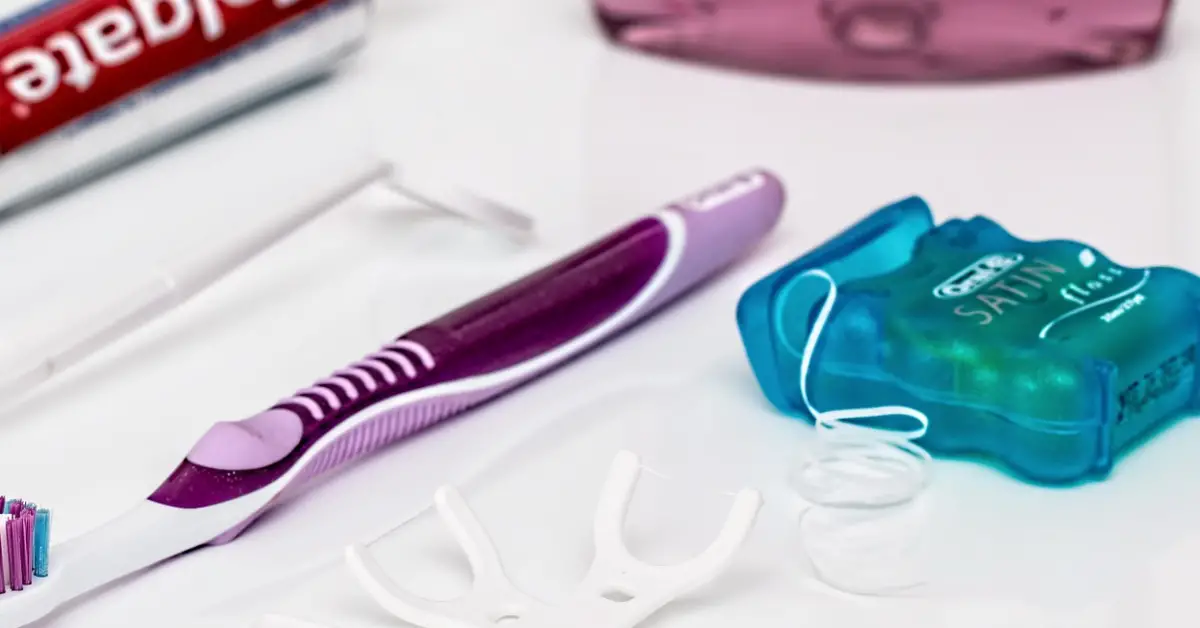Everyone, it seems, loves Lego. Even in a world where technology has become an increasingly important part of our lives, the little plastic interlocking bricks have retained their popularity. To keep up with the demand, billions of Lego parts are produced every single year. However, it has come under scrutiny as more and more people become aware of the materials that they are using in their daily lives. Is Lego bad for the environment? In a word ‘yes’, but it is getting better year on year. Let’s have a look.
What is Lego made of?
The vast majority of the Lego bricks are made from a thermoplastic called acrylonitrile butadiene styrene (ABS). Its strength, gloss and lack of chemical reactivity make it ideal for Legos iconic bricks. As well as looking good, it can also withstand years and years of use – and being stood on from time to time!
Lego plastic pollution
Unfortunately, what makes Lego such a durable, long-lasting toy also make it a bit of nightmare in terms of environmental impact. ABS does not biodegrade readily. Your Lego bricks will still be around long after you have gone. It is estimated that they could take up to 1300 years for them to degrade!
Ending up in landfill is not ideal, but if it ends up in the ocean the consequences can be even greater. Shockingly, it is estimated that there will be more plastic in the ocean than fish by 2050 – Lego, and toys like it, contribute to this. Plastics are extremely damaging in the ocean. They will eventually break down into very small pieces which can be ingested by sea creatures, causing damage to their organs or even death.
Lego goes green!
Lego have made a commitment to create a more sustainable product. From a commercial point of view this is vital too. Recent market research found that nearly half of the Christmas shoppers asked would not buy a toy if it had questionable sustainability.
Lego have made a start on their pledge to make all of its brick sustainable by 2030. But this has been a challenge – they refuse to compromise and produce an inferior product. They don’t want builders to notice a difference between the ABS bricks and the sustainable versions. The first venture into non-ABS Lego bricks came in 2018 with their release of a range made from plastic originating from sugarcane! Aptly, they created a nature-based range with lots of greenery – leaves and suchlike. Although these parts do not fully biodegrade, they are a vast improvement on the ABS bricks in terms of environmental impact. Check them out on Amazon.

Lego are currently at the prototype stage of manufacturing bricks made from recycled plastic bottles. Although in the early stages of development it is looking like a great alternative to ABS. Hopefully it will be on the shelves soon!
As part of their sustainability push, they also encourage their builders/customers to pass on their unwanted Lego bricks on. Either through a DIY donation to a local charity of your choice or through their Replay program, they believe everyone should be able to benefit through the power of play. As well as the educational benefits, this has environmental benefits – it keeps Lego out the landfill.
Lego Packaging
The bricks are not the only part of Lego products that have been questioned in terms of their ‘green’ credentials. The plastic bags that the bricks and other parts come in were made from single-use plastic. Due to demand from little builders, they are phasing in (recyclable) paper bags from 2021 onwards! Plastic bags in the retail stores are also now paper rather than plastic – with around 500 Lego stores worldwide that was a lot of plastic!
Lego manufacturing
The behind-the-scenes manufacturing process has also been improved by Lego in recent years. They have been working to ensure a reduction in carbon dioxide emitted when making Lego. Changes to their factories, such as the addition of LED lighting and solar panels, have reduced their carbon emissions significantly.
The bottom line
Although most Lego bricks are made of plastic, Lego is making great strides forward in becoming a more environmentally friendly toymaker. From bricks made from recycled plastic bottles to phasing out plastic retail bags in favor of paper ones, they are investing a lot of money into eco friendly changes. Their manufacturing has also taken massive strides to reduce carbon emissions. Lego develops skills, such as problem solving and dexterity, in children who play with it – but it also has the potential to open conversations about environmental issues as it becomes a more sustainable brand. In the meantime, there are plastic-free building toys available – but the sooner Lego become more kind to the planet the better!







